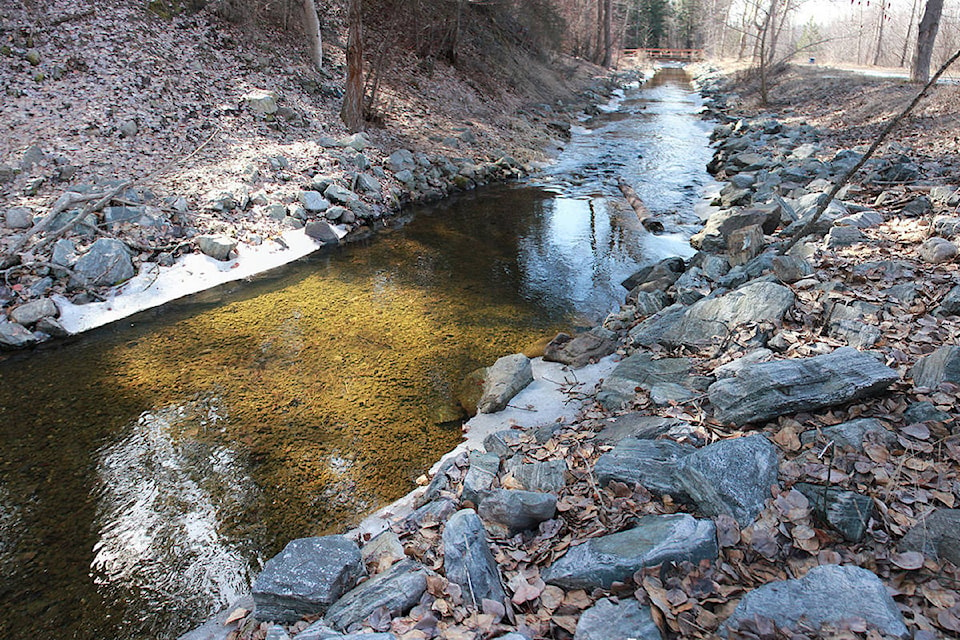The Okanagan Basin Water Board is warning the public to prepare for a very dry summer and urging residents to start taking measures to conserve water.
The board is also calling on water suppliers up and down the valley to continue to monitor weather, reservoir and groundwater levels, as well as customer demand, to assess whether higher water restrictions are necessary for their communities.
“Local water regulations (stages) and conservation targets differ from provincial drought levels. Many Okanagan water suppliers have drought management plans and operate with year-round watering restrictions for their domestic customers,” said the board in a news release issued Friday, June 21, the first day of summer.
“Water supply conditions are different across the valley, and whether a community moves to a higher restriction stage depends on several factors, including customer demand, infrastructure capacity, and local water supply levels.”
Earlier this week, in light of warm and dry conditions across B.C. this past spring, the province announced it was moving to a level 3 drought for much of B.C., including the Okanagan.
“Drought level 3 indicates that serious ecosystem or socioeconomic impacts are possible and calls for voluntary water use reductions from all water users, including residents, industry, farmers and municipalities,” said Okanagan Basin Water Board communications director Corinne Jackson.
Across the Okanagan, a low snowpack and the dry spring reduced the inflow of water into storage reservoirs and the region it was the driest May on record in Kelowna, with just 43 mm of rain, when the usual amount is 86 mm in that month. Jackson described the situation as the area “starting with a (water) deficit.”
She said many upland reservoirs did not fill and Okanagan Lake has not reached “full pool” as it has in the past by this time of year. Some of the reservoirs that have filled are seeing water released to supplement lower than normal downstream flows in order to meet the water demand.
The need to start conserving water now is considered crucial to make sure there will be adequate water during the summer and fall for food production, fire fighting and residential and business use. Outdoor watering is the biggest water use in the Okanagan, according to the OBWB.
The last time the province moved to a level 3 drought was in 2017, a year that saw some of the worst spring flooding the Okanagan has ever seen. But that year, the drought level was not increased until late August, unlike this year when it was raised in the last week of spring.
If the province moves to a level 4 drought, it would have the power to order municipalities to set mandatory water restrictions.
For tips on water conservation and to learn about water restriction in you area, go to the OBWB’s makewaterwork.ca website.
